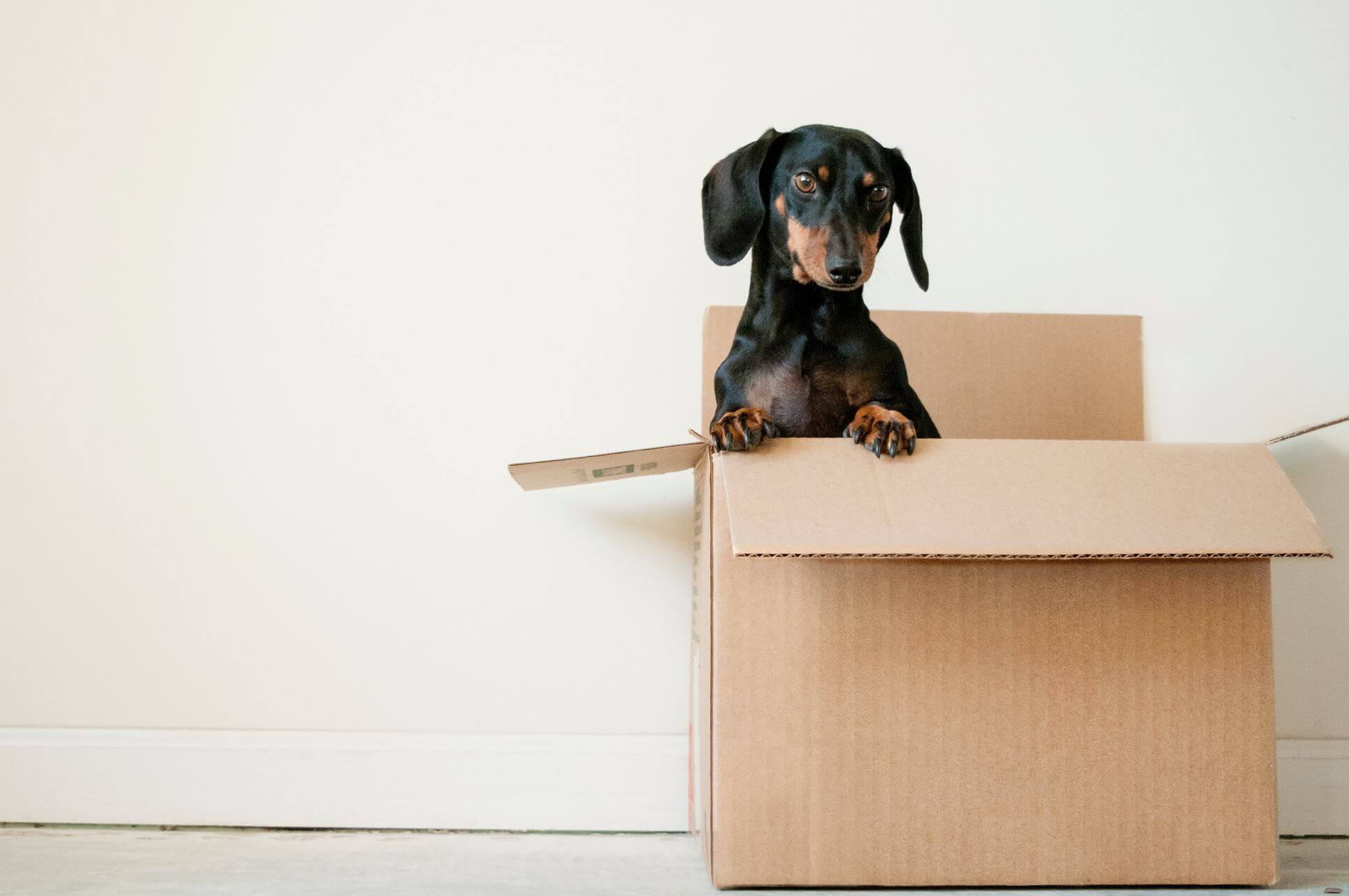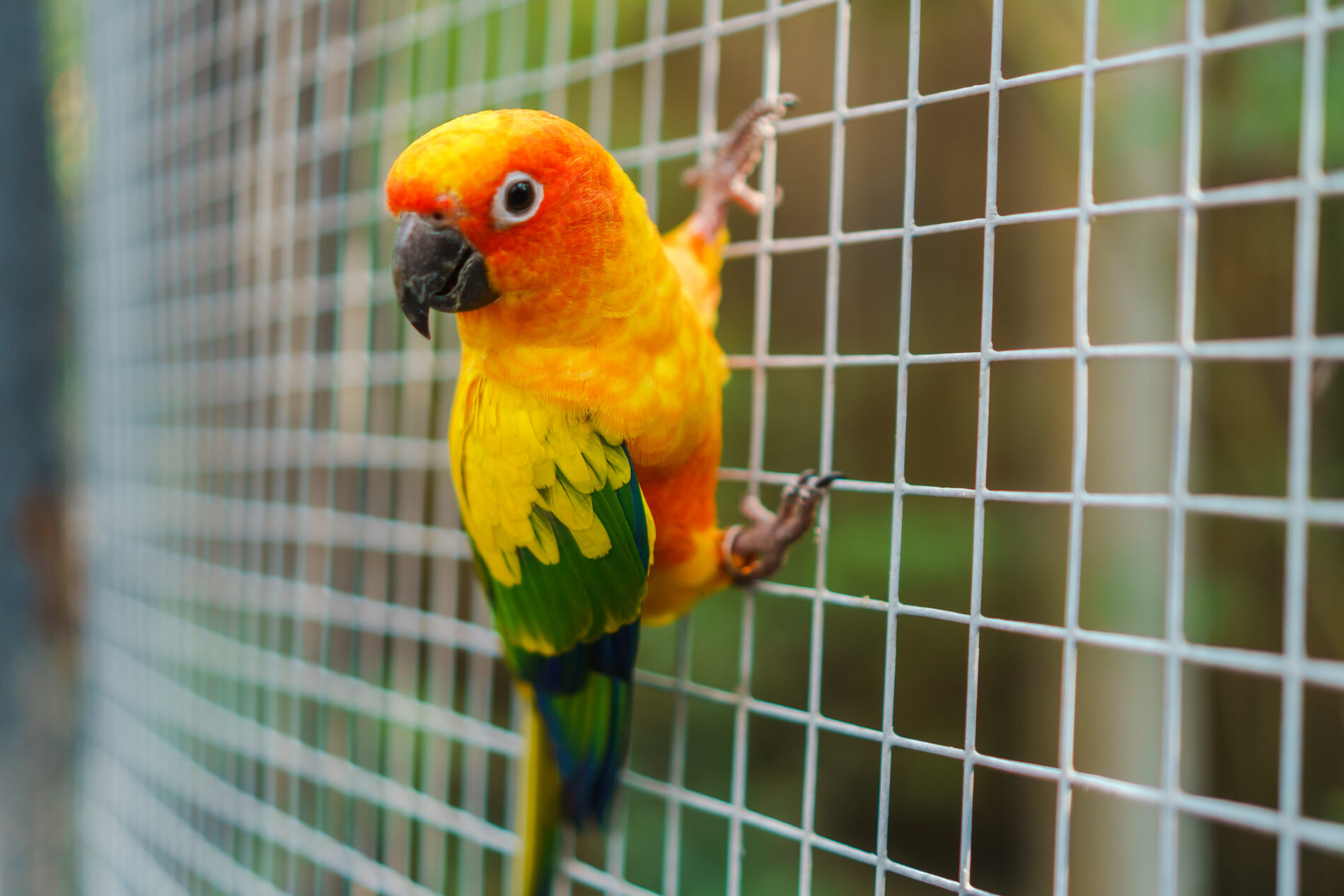Moving with pets to another state is an exciting adventure but it requires careful preparation. The good news is that you’re not alone considering nearly 62% of US households have a pet. So, ensuring the safety and comfort of your furry friends during an overseas move is crucial, and here’s how to make your pet’s transition as smooth as possible.
When moving with pets overseas, it’s crucial to start by understanding the specific entry requirements and regulations of your destination country, including necessary vaccinations and quarantine protocols. Early visits to the vet and familiarizing your pet with their travel carrier can greatly ease the stress of travel. Choosing suitable accommodations, preparing a comprehensive pet travel kit, and selecting the right overseas shipping company are all vital steps to ensure a smooth transition. Remember, each type of pet, whether it’s a dog, cat, bird, or hamster, will have unique needs that must be carefully addressed to guarantee their safety and comfort throughout the journey.
It’s Time for Moving Overseas With a Furry Friend – What to Do First?
When you’ve decided to move overseas with your furry friend, the first step is to understand the specific requirements and regulations of your destination country. Start by visiting the country’s consulate website or contacting their embassy to gather accurate information on necessary vaccinations, health certificates, and possible quarantine periods.
It’s also essential to schedule a visit with your veterinarian to discuss your pet’s health needs, and travel arrangements, and to ensure all vaccinations are up-to-date. Early planning and thorough documentation are key to avoiding last-minute hurdles and ensuring a stress-free journey for you and your pet.
Choosing the Right Living Arrangements and Preparing for the Journey
Did you know that 52% of travelers plan their trips based on their pets’ needs? So, no wonder why people relocating across the world do the same when deciding where they’ll live. This includes a large yard, accommodating landlord policies, and plenty of indoor space were important when choosing a house for their pets. Nearby parks and vets are also factors for three-quarters of pet owners when deciding on a new neighborhood.
Dogs, especially young ones and old ones need to get out more frequently, so an apartment building might not be a suitable option. In that case, opt for a house with a garden. Cats are less demanding as they mostly stay indoors, but they will need enough indoor space for all their activities.

Preparing Your Pet for Travel and Understanding Transport Options
Pets are mostly transported in carriers, so if they are not used to them, you have to train them in advance. You can do that by placing their food inside and after a while, closing the carrier door. Then, you can start putting their toys and treats in the carrier as well.
If moving abroad by sea, keep the carrier with toys near you during the trip and give your dog treats and water at the usual time. That is, of course, if you have access to the animal during the trip.
If you are moving by air, which is the more common method of traveling overseas, you can carry smaller animals in carriers with you in the cabin while service dogs can even sit with you. However, larger ones need to go in the cargo section. Remember to clearly label the container your pet is traveling in with its name. You can write down other useful information such as LIVE ANIMAL and THIS SIDE UP, just to be safe.
Good Methods of Moving Abroad With Your Pet
Packing to move can be chaotic, so try to have your friends take care of your furry friends or keep them away from all the action. Otherwise, they can get upset with all the fuss, especially when the professional overseas moving company comes on the relocation day. However, if you book the right services with I Love International Moving, with efficient packing and secure overseas vehicle shipping, you’ll already have done major things from your relocation checklist.
Choose a quiet room, place their toys and water, and occasionally check how they are doing. Once you arrive at your new home, keep your furry friends secluded for as long as you can and try to unpack and move the house items in advance, so your pet can come into a familiar setting. Walk it slowly through the new home, introducing one section of the new home at a time.
Book Your Overseas Shipping Company for the Morning
It is advisable to book a direct flight when traveling with your pet. Also, weekends are crowded, so try to avoid them. It is very important to verify in advance that your airline allows the transport of animals, and if it does, how many are allowed on a flight. Remember to bring the animal to freight loading a few hours before the departure to avoid any inconveniences.
If you are transporting your pet during a warm season, choose the morning rather than a hot part of the day. Heat exhaustion is a real threat. Feed it a light meal five to six hours before the departure.

Prepare Pet Essentials You Need to Have at Hand
In a journey like this, it’s essential to have all necessary pet essentials readily accessible. Prepare a travel kit that includes items such as water, pet food, bowls, a leash, waste bags, and any medications your pet may require. Additionally, include familiar items like a favorite toy or blanket to provide comfort and reduce stress during the journey. It’s also crucial to carry a first-aid kit tailored for pets, which should include items like tweezers, gauze, and antiseptic.
Your animal needs its overnight kit for the first few days upon arrival. Put some favorite dog or cat food, water from back home (as it differs by chemical composition in different places, and pets are sensitive to that, too), kitty litter for cats, toys, and basic grooming tools. And don’t forget the first aid kit.

Get in Touch With Your Vet
Have your pet checked by its vet and ask about the required vaccinations for that particular country to avoid health risks. If your pet does not have an identification chip, your vet should implant it, particularly if it is transported by air. Also, a signed health certificate will be required in most countries. Your vet can also give you prescription medications you might need and even recommend a colleague in your new location.
Go Over the Most Important Regulations of the Country You’ll Call Home
Before moving overseas with your pet, it’s critical to thoroughly understand and comply with the animal import regulations of your destination country. These regulations can vary significantly and may include specific vaccinations, microchipping, health certificates, and possibly a quarantine period. Visit the country’s official government or animal importation website, or contact their embassy to obtain the most accurate and up-to-date information.
Why is this important? Well, for example, if you’re relocating to Hawaii with pets, your animal must be rabies-free. On the other hand, if you’re relocating to Canada, or to be more precise to Ontario or Winnipeg, you can’t bring some of the following dog breeds:
- Pit Bull Terrier,
- American Staffordshire Terrier,
- American Pit Bull Terrier,
- Staffordshire Terrier.

How to Deal With Dogs During the International Move?
Dogs adapt to the new environment easier than cats because the most important thing for them is to be close to you. However, moving with dogs might be problematic and you should introduce them slowly to the new home, room by room, first with a leash.
Upon arrival, take some time to walk your dog in the new neighborhood so that it can get familiar with its future location.
Put some dog toys, blankets, and water at the designated place in the house.

How Will Cats Handle the Move?
As mentioned, a typical cat does not like changes. They are prone to behavioral and health issues caused by the stress of relocation. So, prepare your cat for your big international moving ordeal by introducing moving boxes in advance. You can either shelter them in a separate room while packing or leave them with a friend.
Try to maintain the daily routine, including the feeding schedule, as regularly as possible. Leave the carrier nearby for the cat to explore well in advance and place its favorite blanket or toy inside. Give your cat treats when it comes inside.

Relocating With Other Animals Like Fish, Birds, or Hamsters
Relocating with smaller or less common pets such as fish, birds, or hamsters presents unique challenges that require careful planning and specific accommodations. These animals are often more sensitive to changes in the environment and stress during shipping overseas. This being said, here’s how to deal with these animals during the overseas shipping process.
- Fish are difficult to move for obvious reasons. For shorter trips, you can put them with their tank water in bags, but longer trips can be fatal for them, so it is best not to move them at all.
- Birds, too, can get very nervous about changing the environment, so make sure you transport them in their cages.
- Hamsters also do not favor change much. In fact, their hearts might not withstand the stress, so transport them in a suitable carrier and try not to tumble them around.

Make Moving With Pets a Breeze With the Right Overseas Shipping Company
Choosing the right overseas shipping company is essential to making your move with pets as seamless and stress-free as possible. A reliable transporter will ensure that all the specific needs of your pets are met, from safe travel accommodations to handling all the necessary regulations and paperwork.
Don’t let the logistics of relocating your furry, feathered, or scaled friends become an overwhelming task. Trust the experts at I Love International Moving to provide you with top-notch service and support every step of the way. Ready to make your move a breeze? Contact us today to schedule your pet-friendly relocation and start your new adventure with peace of mind.













